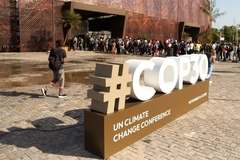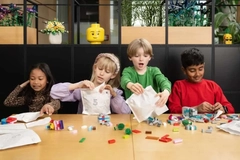Lego overhauls packing lines with recyclable paper bags
Key takeaways
- Lego has replaced more than half of its plastic brick bags with paper-based, recyclable alternatives.
- The shift aligns with Lego’s broader sustainability goals, with 93% of its packaging by weight being paper-based.
- The move reflects wider industry momentum toward reducing packaging waste, highlighted by children’s interest in recycling and similar paper-based initiatives.
The Lego Group has replaced over half of its packing lines that package Lego bricks with sustainably sourced, recyclable paper-based alternatives, moving away from using single-use plastic bags.
The company has introduced paper-based packaging lines at its factories in China and Vietnam and plans to achieve full implementation at its facilities in the Czech Republic and Hungary by 2026, followed by Mexico in 2027.
Jesper Toubøl, vice president for R&D packing and packaging at Lego, says: “We are on an ongoing improvement journey. Once the rollout of bags is complete, we’ll explore ways to enhance and continue to make the bags and the building experience they offer children and families better.”
Toy packaging updates
The company shares that 93% of Lego packaging by weight is made from paper, cardboard, and other paper-based materials to make the majority of Lego packaging recyclable. The company is exploring ways to make the paper-based packing lines work faster, so that their output can surpass that of the plastic packaging machines.
Recently, Lego Group research found that 81% of children say they care about recycling, with 80% of them expressing their interest in reducing waste.
In July, the Lego Group joined forces with WWF Denmark to create the Planet Promise Design Guidelines to support the development of new storylines that feature socially and environmentally responsible practices in play experiences.
Earlier this year, researchers at Toronto Metropolitan University, Canada, called for sustainable material integration in toy packaging. They warned that excessive packaging for toys, such as blind boxes, contributes to growing waste.











